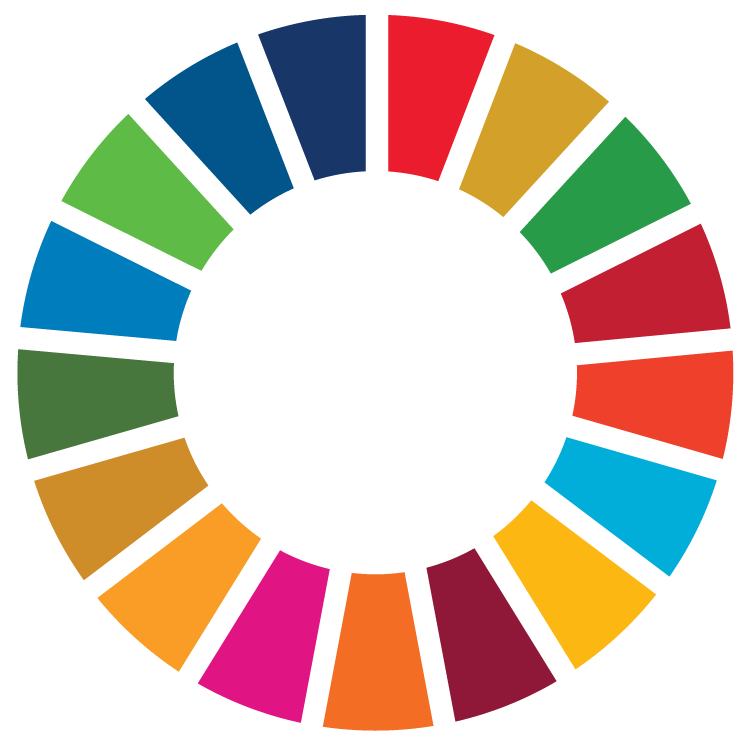Climate change affects the enjoyment of children's rights to a clean environment. It is a threat multiplier on child vulnerability and inequalities. It is a driver of extreme child poverty that risks reversing gains in children’s health and risks the achievement of the SDGs. The climate crisis is also disrupting livelihoods and education, increasing hunger and malnutrition and increasing risks of violence against children (in particular child labor & child marriage). It is also increasing the frequency and severity of disasters and contributing to conflict, displacement and fragility – entrenching children and families in cycles of poverty they cannot escape.
The results of World Vision COVID-19: Out of Time Report provide evidence that the most vulnerable families and their children are hardest hit in such crises. COVID-19 is affecting the vulnerable families who are already affected by climate change - over 100 million people at risk of hunger, danger from weather-related disasters, and becoming displaced. Due to loss of income, these families are unable to provide basic shelter, decent food, and in some cases, evictions are forcing parents to separate from their children. Indeed, the climate crisis is not just an environmental issue but also an issue of survival.
As green and more inclusive recovery is at the core of ‘build back better’ and the 2030 agenda, member states are determined to take bold and transformative steps that are required to shift the world onto a sustainable and resilient path. Member states pledge that no one should be left -behind in the process. This means children and their families living in climate induced fragile contexts, should not be left-behind.


 sensitive, child sensitive, inclusive and greener recovery strategies to build back better. Multi-stakeholders do have a role to play to explore adapted interventions. These include the governments, donors, CSOs, and multilateral institutions. Faith communities do present a unique group with a critical role to safeguard the planet as faith shapes the values and behaviors of humans in their relationship with the environment.
sensitive, child sensitive, inclusive and greener recovery strategies to build back better. Multi-stakeholders do have a role to play to explore adapted interventions. These include the governments, donors, CSOs, and multilateral institutions. Faith communities do present a unique group with a critical role to safeguard the planet as faith shapes the values and behaviors of humans in their relationship with the environment.